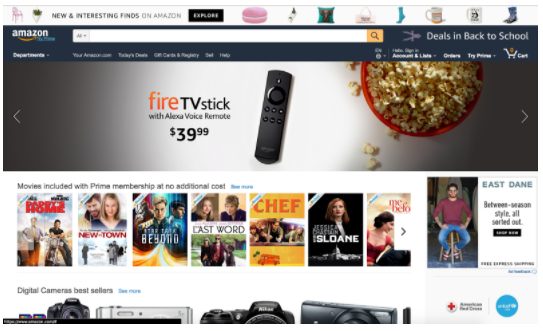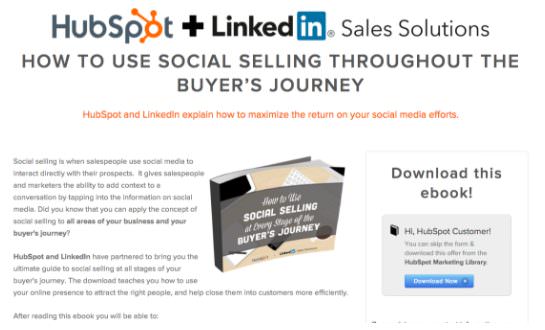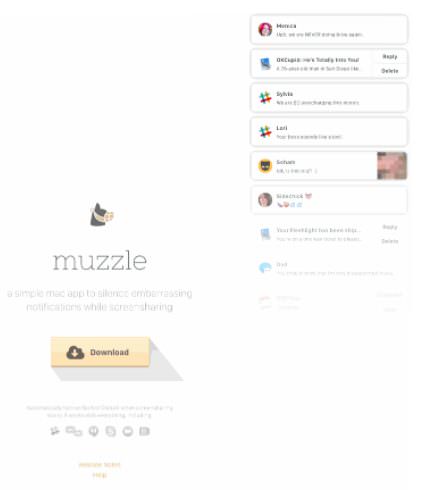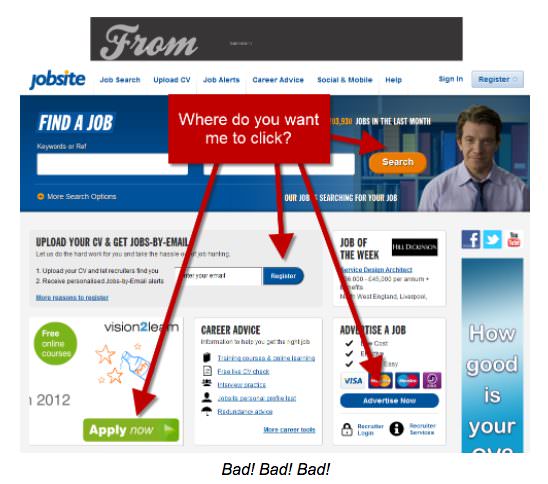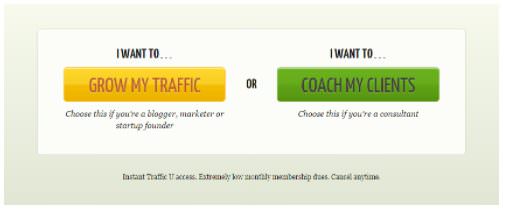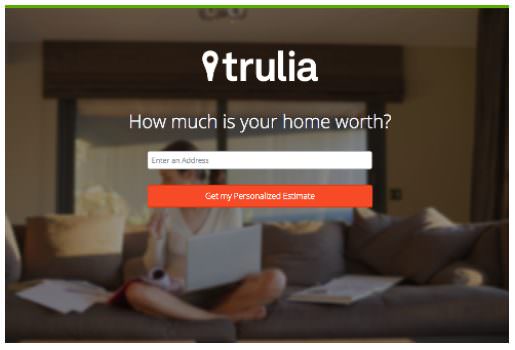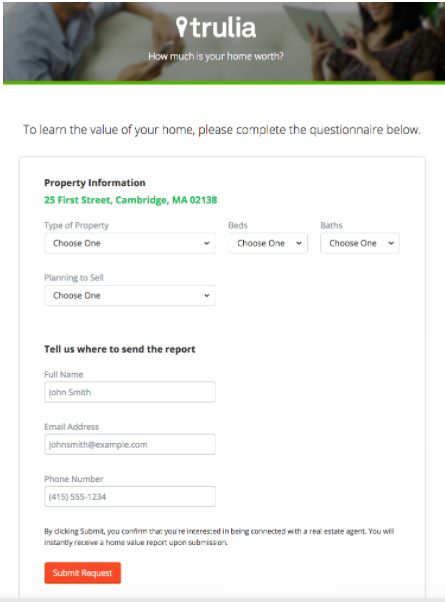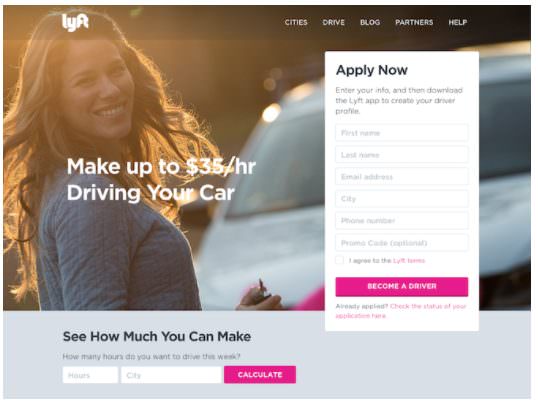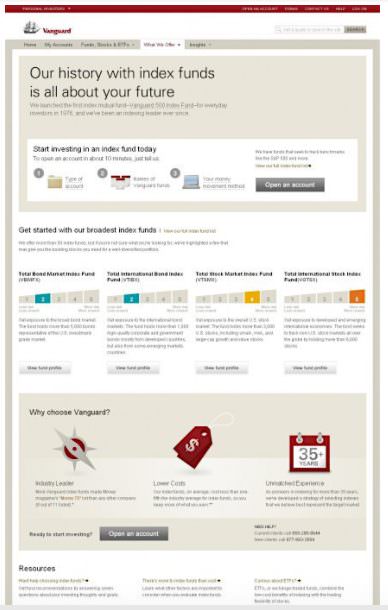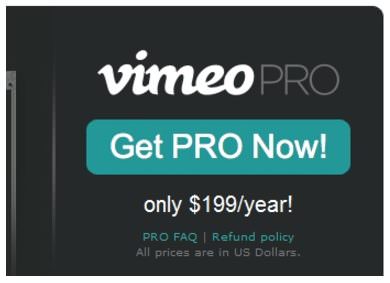Landing pages are your customers’ portal to your brand online. That’s why it’s one of the most popular topics in digital marketing. In fact, entire books have been written on the topic.
It’s your chance to make a strong first impression with potential customers and, if it doesn’t go well, may be the last chance you get to make any impression whatsoever.
We’re here today to make sure that you optimize your pages so that impression goes better than that time you tried to impress Suzie (or Kevin!) as a Freshman.
So, what are we waiting for?
What Exactly Is a Landing Page & Why Are They So Important?
Marketers use the term “landing page” all the time. But it’s worth taking a moment to clarify just exactly what we’re talking about here.
A landing page is any page visitors arrive to from an external source. That is the page your customer “lands on” first, before hopefully navigating further into your website.
The source could be any, as long as it’s not an internal link on your site. I could be a pay-per-click ad you’re running, a link from some other company’s blog, or even a URL they type in by hand.
Technically, that means any page can be a “landing page,” even your homepage. But generally, when the term is used it implies the pages you are actively working to send traffic to.
Great landing pages are targeted and focused on a singular goal such as email sign up, requesting a quote, or completing a purchase.
That’s why you should almost never use your homepage as a campaign landing page. It probably has way too much going on. It isn’t clear to visitors what they should do next, and it certainly isn’t targeted to a specific sub-group of potential customers.
By paying attention to who is landing where on your site (and where from), you can tweak your landing pages to appeal more specifically to those type of people. That’s the key to building a successful landing page. Knowing your audience, and catering to them.
Another key fact that many people seem to ignore is that customers will probably interact with more than one landing page throughout their journey with you. You’ll want different landing pages at different stages of your funnel, with different goals.
You may start by offering a free eBook or pdf in exchange for their email and name, but eventually, you’ll use that email to direct them to more landing pages, possibly collecting more information and ultimately trying to close a sale.
The First Step. Quality Traffic.
One of the key elements to landing page success is pre-qualifying the traffic you’re sending there the best you can.
If the people arriving on your landing page aren’t interested in what you’re offering, their behavior isn’t a very reliable source of information about your landing page’s success.
For example, if you send a new photography hobbyist to your landing page for you $2,000 professional photography course, they’re probably going to leave without looking much further. What’s worse, you may have given them the wrong impression of what you have to offer. Maybe you also offer free beginner lessons further up your funnel or a lower priced product that matches his current needs better.
The easiest time to qualify traffic is when you’re paying for it through paid advertising. It’s also the most important time. Not only can bad leads skew your landing page statistics, but it can also cost you a lot of money in useless clicks.
That’s why in addition to following pay-per-click best practices, it’s important that your ad is focused and filters out those who don’t want or can’t pay for your offer. This Wix ad is a great example of qualifying your leads by offering specific service options.
As mentioned before though, paid advertising isn’t the only way you can drive traffic to your landing pages. Another great technique for existing subscribers is effectively segmenting your email list.
Segment people based on what products they’ve shown interest in and at what stage of your funnel they are. Sending newer subscribers to pages and content that strengthens your relationship but promoting more salesy landing pages to customers ready to make a purchase decision.
Momentum
When it comes to conversions, the most important factor to keep in mind is momentum.
Merriam-Webster defines Momentum as:
“Strength or force gained by motion or by a series of events”
In marketing, that series of events is everything that leads up to the moment of conversion (or abandonment). And to maximizes your conversions, you must make sure those events are all in line and in sync to build on that momentum. That is why it’s essential that your landing page matches your initial offer in both content and design.
Obviously, you want to deliver on your promise. If your ad says you’re offering a free 30-day trial, nothing will generate more bad faith than offering something different like a 14-day trial on your actual landing page.
But you need to look at even more specific details. If you told a segment of your email list that they can download a free eBook by following a link, don’t start calling it a PDF once they arrive.
It may be the same thing at the end of the day, but in order to maximize your momentum you need to make sure your language is as congruent as possible. Use exact phrases whenever it sounds natural.
You should also take care to keep a consistent look and feel. Unless you’re using AdWords or some other text-only marketing strategy, you’ll want the graphics and color palette of your landing page to match your promotion.
For example, if you have a partner promoting a new product you’re launching on their site, you should consider giving them a custom landing page with their logo and branding next to yours so that customers are smoothed into the transition.
This landing page works whether the traffic came from HubSpot or LinkedIn…
Source: HubSpot
Even though they are now on your site, buying your products, including this consistent branding maintains the trust they had with the brand that referred them and keeps them comfortably moving forward.
Momentum doesn’t stop once the visitor arrives either. Chances are this first conversion isn’t your ultimate goal. Try to keep your thank-you page and follow-up messages in the same themes too.
Design
Now that you’ve got qualified traffic and understand the concept of conversion momentum, we can talk about how to design the actual page.
Rule #1 – Less is More, Avoid Clutter
Ideally, a landing page should fit above the fold; if not, at least the key points and call-to-action need to be visible without requiring the user to scroll down at all.
With that limited real-estate it can be tempting to cram a lot of information tight together, but really you should be doing the opposite. The best landing pages say what they need in few words.
Source: Hubspot
Don’t be afraid of white space. With fewer pictures, bullet points and words cluttering the screen, the important things like your call to action will pop much more.
Rule #2 – Have 1 Clear Call-to-Action
Following along with out anti-clutter policy, some of the most effective pages only give customers one option: convert or leave. They don’t offer links elsewhere on their site like “About Us” or even “Products and Services.”
If you properly qualified your traffic, you should know what they’re after and should offer that to them. Don’t leave them to go searching around your website looking for their answer and take the chance they won’t find it.
Source: Yoast
This strategy works best if you can qualify your traffic well. But if you can’t, you may want to try providing them with self-qualifying options first. Such as asking them what industry or profession they are in to make sure you know where they fit into your marketing mix.
Source: WordStream
Either way, the CTA should be the focus of your entire page. After all, it’s how we will be measuring our success. Use contrast colors to make any form fields and the button pop out from the rest of the page.
A lot of internet readers have a short attention span, therefore, they should be able to identify what you are offering and how they can get it without actually having to read through the page. That stuff is just there for everyone still playing hard to get.
Rule #3 – Reduce Friction
Friction is anything that discourages a visitor from completing your call-to-action.
Common examples of this friction are asking for too much personal information before they know and trust you or taking up too much of their time before giving them what they want.
There are two strategies, which you can employ to reduce this friction. The first is to learn some balance…
Sure, it would be great to know you customer’s name, email, hobbies, age, income, marital status, social security number, and favorite food. That level of detail would help you build some very powerful buyer personas and customer segments. But it’ll also probably result in significantly fewer people converting.
You need to ask yourself, “what information do I absolutely need to get from a lead to effectively nurture a relationship with them?”
Remember at this point the goal is to get your foot in the door and start a relationship, you can always collect more information from them later.
While a credit card company may legitimately need to ask you about your income level and social security number, for many situations, that’s simply their email address.
If your landing page is a little broader, and you sell different products or tiers of service, you may want to add an additional question to help you segment leads such as “what is your average monthly ad spend?”
If you really do need to ask for a lot of information, you can mask it by breaking the form across multiple pages. Start by asking the customer for their name and email on your landing page and then direct them to a follow up form which asks for some additional information.
Trulia applied this strategy by starting with a simple ask before any diving into the details…
Once the visitor clicks that big orange button they are asked for some more personal details…
This strategy works by leveraging conversion momentum and is an age-old sales strategy applied to the web. Get your customer to perform small micro-conversions, deliver a positive experience, and they will be more likely to complete further conversions as well.
Just don’t abuse this or you will annoy visitors and leave a bad impression.
Writing Your Landing Page
So you’ve got traffic and are designing your page with conversions in mind, but what kind of things do you actually write on a landing page?
There are three main content sections on a landing page: Headlines, Body, and Call-to-Action.
Section #1 – Headlines
Your headlines are extremely important because they’re what the visitor uses to determine if they’re interested in your page at all. If your headlines don’t grab them, it doesn’t matter how epic your copy is, they’ll never see it.
A strong headline reinforces the promise you made that brought them to your landing page. You also want to raise excitement. You did or said something that made them curious about your company or product, now you need to get them excited about it.
While the absolute first thing you need to do is restate the offer, you can follow-up with subheadings or section headings that also highlight the #1 value proposition you’re offering.
While this Lyft landing page does break my one CTA rule, it makes excellent use of headlines…
Source: Hubspot
Lastly, make sure your headlines are crystal-clear. Many of us, myself included, love to try to find witty or clever headlines to stand out. It’s a dangerous habit if you aren’t careful.
Remember, landing pages are usually someone’s first experience with your offer. So clever titles are fine, but only if they’re also 100% clear.
Section #2 – Landing Page Body
In this section, you want to emphasize the main benefits that the customer will get from completing this call-to-action.
The main benefits for this call-to-action. You can summarize what’s included in the offer (“our 12 point checklist for your next winter camping trip”) but you need to emphasize what how that will benefit the reader (“so you stay safe, warm and cozy on your adventure”).
Also, keep the content focused on the current CTA. You don’t need to pitch yourself or your brand unless that’s directly relevant to the offer such as establishing expertise for a webinar you’re hosting.
This section is usually the least important. For most low-friction conversions like email subscribers, it may be almost completely unimportant. For sales pages, you may want to put a little more effort into them, but prioritize effort on your headlines and CTA.
Compare these two pages, neither is wrong…
Source: Hubspot
Source: Usability Geek
The first landing page copy is simple and short, to match the service. Whereas Vanguard’s landing page is a bit more detailed to match the level of expertise customers are looking for and build more trust.
Section #3 – Call-to-Action
The punchline. The goal. The entire purpose we’re doing any of this.
As we talked about under design, your page should be centered around the CTA. Use bold colors that stand out and clearly label the button. Keep the area around it free from clutter or distractions.
Keep your wording here short and punchy. Hopefully, you’ve built up momentum and now all you need to do is get them to take the leap.
Clearly label the button so that visitors are reminded exactly what they’re getting. It also helps to use strong action words like get, download, or start coupled with urgency words like now or today.
Source: ConversionXL
You should also clearly label any form fields so that there’s no confusion about what they should do. For example, if you’re selling a B2B software product, you may want to ask for their work email specifically.
As you see in the example above, a CTA subtext can also be very useful. Use it to add some clarifying info about your offer as a final nudge to encourage the click.
Putting it All Together
Now you have all the tools you need to put together a killer landing page that converts. Of course, you probably won’t nail it on your first try. Don’t worry, none of us do.
Take the time to track your conversions and test the impact of changes with A/B tests. Just make sure to test one thing at a time so you can accurately discern causality. And don’t go overboard.
Spending 10 hours testing every possible color combination is likely not to be the best ROI for your time. When testing changes, make sure to do so deliberately and with purpose.
Optimization is always an ongoing process as we learn more about psychology and develop new technology and tools. If you want more ideas to take your landing page to the next level check out our latest conversion tips!

